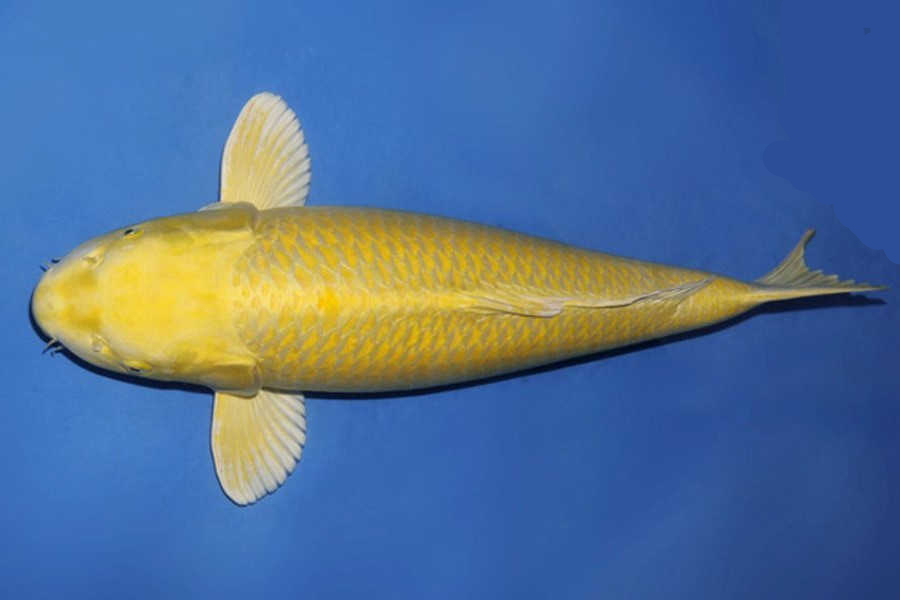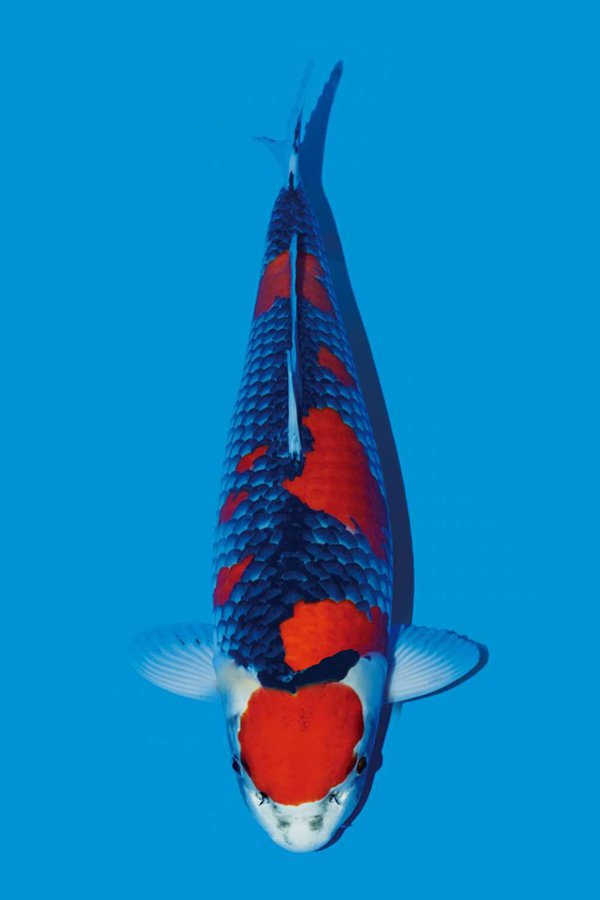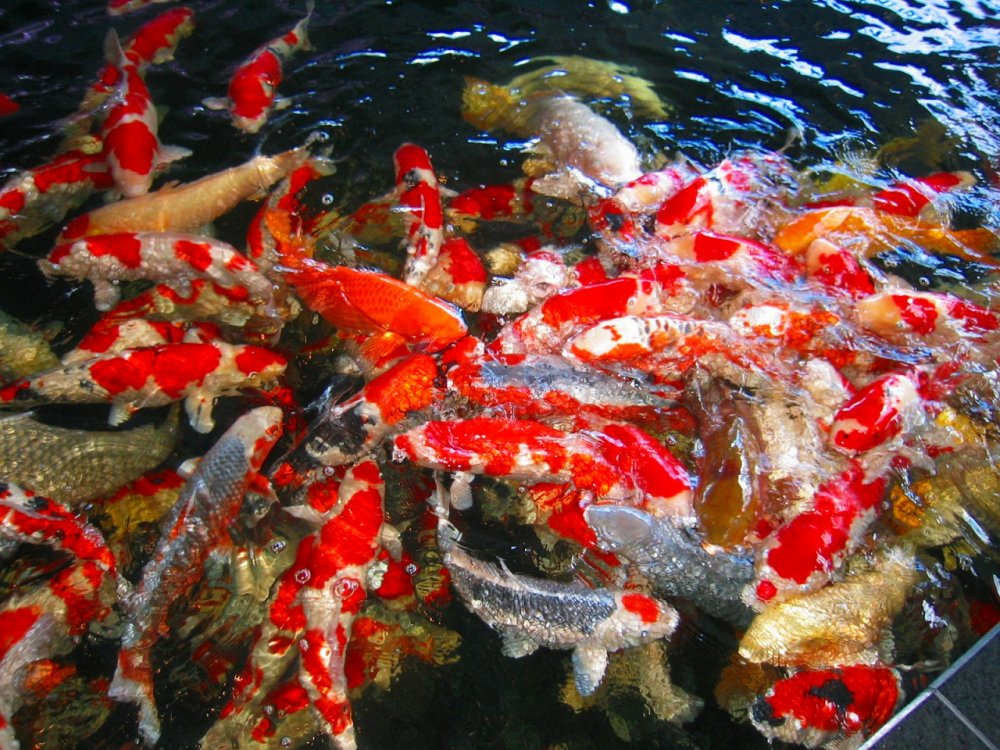How do koi score, one minute will take you to decipher the life and breeding habits of koi
The suitable water temperature of koi carp is 5 ℃ 30 ℃, and the optimum temperature is 20 ℃ 25 mol, but it is not adaptable to the sharp change of water temperature.
If the temperature rises or falls by more than 3 ℃, the fish will get sick; when the temperature exceeds 10 ℃, the fish will die.
PH can raise Cyprinus Carpio in 6.8Mel 8.0 water body, but it is most suitable to live in weakly alkaline and low hardness water with pH 7.1Mel 7.3.
Koi grows slowly in strong sunlight and can build a shade canopy at Tong Kok or feeding area.
Koi is omnivorous. Molluscs, aquatic plants, benthos and microalgae are the delicacies of koi.
Koi eats more food in summer and little or no food in winter. Therefore, feeding can be increased or decreased according to different seasons.
The bait can be fed three times a day when the water temperature is above 12 ℃ in spring, and only once a day when the water temperature is below 12 ℃.

Reproductive habit
Koi males reach sexual maturity at 2 years old, females reach sexual maturity at 3 years old, in vitro fertilization, viscous eggs are laid, the eggs are white or light yellow, about 2.5mm in diameter, and they spawn once a year. The spawning period is usually from April to June, and sexually mature females usually lay eggs at 4-10:00 in the morning.
The eggs are fertilized in vitro to form fertilized eggs. The fertilized eggs develop on attachments such as aquatic plants or artificial fish nests. After 5 days of incubation, the larvae break their shells.
Or artificial propagation can be used to cultivate fish fry and increase the yield of fish fry. Newly hatched larvae can be fed on wheels, small cladocera or crushed egg yolks.

- Prev

How can koi not die easily? life habits of five-color koi
The five-color koi is produced by mating between light yellow and tricolor koi. It is named five colors because of its white, red, black and blue indigo, especially the beautiful type of Whitepan. The most recent white five colors are not contaminated with black spots, but most of them appear blue on the white ground. So.
- Next

What kind of koi is easy to breed and how to become a successful master of koi artificial breeding?
1. Parent fish cultivation (1) the specification area of parent fish pond is usually 15003OOOm, and the ground depth is 180200cm. (2) the parent fish should be more than 3 years old and have obvious species characteristics and strong physique. (3) separate culture of female and male under stocking conditions, the proportion is lvv 12; density control.
Related
- On the eggshell is a badge full of pride. British Poultry Egg Market and Consumer observation
- British study: 72% of Britons are willing to buy native eggs raised by insects
- Guidelines for friendly egg production revised the increase of space in chicken sheds can not be forced to change feathers and lay eggs.
- Risk of delay in customs clearance Australia suspends lobster exports to China
- Pig semen-the Vector of virus Transmission (4)
- Pig semen-the Vector of virus Transmission (3)
- Five common causes of difficult control of classical swine fever in clinic and their countermeasures
- Foot-and-mouth disease is the most effective way to prevent it!
- PED is the number one killer of piglets and has to be guarded against in autumn and winter.
- What is "yellow fat pig"? Have you ever heard the pig collector talk about "yellow fat pig"?

